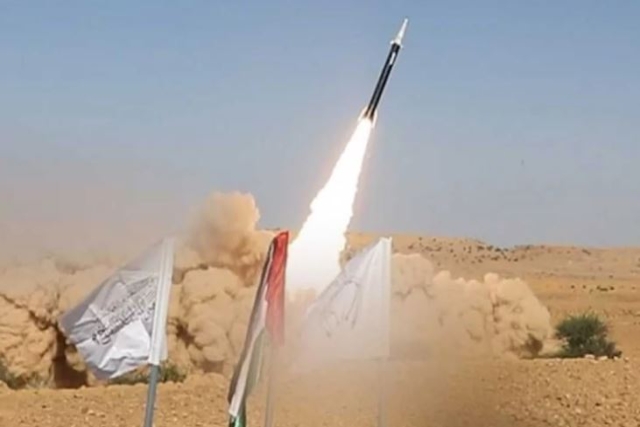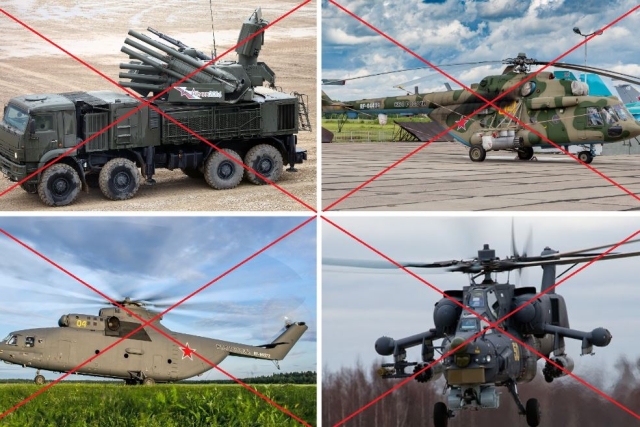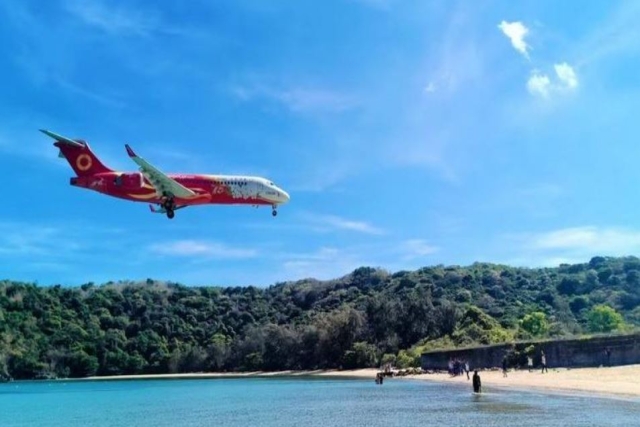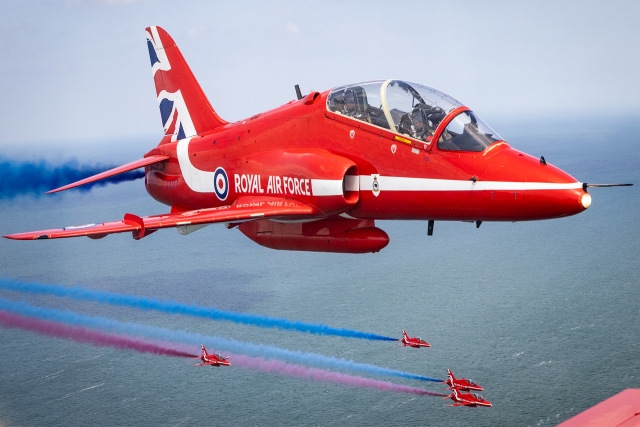Counter-trade, Undisclosed Deals May be Masking Russia’s Arms Export Numbers
A Moscow based think tank, CAWAT estimates yearly Russian arms exports at $13.75 billion.

Igor Korotchenko, Director, Centre for Analysis of World Arms Trade (CAWAT)
A Stockholm International Peace Research Institute (SPIRI) report last week reported a steep fall in Russia’s arms exports- pushed to third place behind France and the U.S. among the world’s leading arms exporting countries.
However, the SIPRI report may be missing the woods for the trees as Moscow has increasingly resorted to counter-trade and barter besides undisclosed deals as it pushes forward with arms exports amid sanctions and during a time of war with Ukraine.
Serbia procures Russian electronic jamming system
True, Russian military has taken big hits too- an estimated quarter of its Black Sea fleet has been decimated to Ukrainian unmanned boats and European cruise missiles, a couple of its A-50 AWACS are reported to be shot down and Ukrainian drones have wrecked havoc against civilian and military targets in Russia.
However, shrugging off such losses, Russia has held on to the ground it seized from Ukraine thanks to its tanks, artillery, fighter jets, drones, missiles, guided bombs, anti-tank weapons and electronic warfare systems that have helped repel repeated Ukrainian attempts to retake lost territory.
To get a sense of current Russian arms exports and their future prospects, defensemirror.com contacted Igor Korotchenko, Director of Centre for Analysis of World Arms Trade (CAWAT), a Moscow-based think tank who said in an e-mail interview:
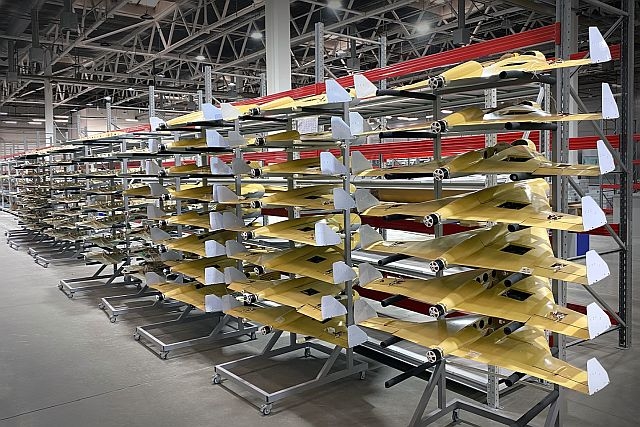
What is the impact of American sanctions on arms exports from Russia?
In general, one can argue, that American sanctions have not in any way affected the physical volume of Russian military exports, but have forced Russia to abandon disclosing both the types of weapons supplied, as well as the customer countries and volumes of supplies.
Due to the tough stance of the United States towards countries importing Russian weapons, of course, in order to maintain the confidentiality of supplies, the level of transparency of data provided by Russia and Rosoboronexport has sharply decreased. Obviously, this situation is connected with the reluctance of Russian weapons’ importers to fall into the orbit of Western sanctions policy.
Since when has Russia stopped publishing arms export numbers? Is this related to the fall in arms exports?
With the beginning of the special military operation, official structures in Russia stopped publishing data on the implementation of export contracts, including providing this information to the relevant UN agencies.
For Russia, assessing arms exports under identified contracts gradually lost its relevance after the US government adopted the CAATSA act in 2017. Since then, every year the transparency of the data provided regarding new export weapons contracts constantly decreased, which automatically “worsened” Russia’s performance in the world rankings (of arms exporting countries) of leading Western analytical centers monitoring the global arms market, including the SIPRI.
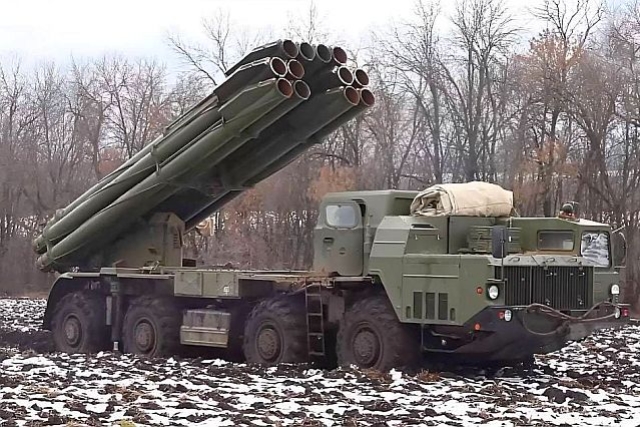
In your opinion, what could be the realistic current arms export numbers of Russia?
Obviously, at the moment, only an expert assessment can be given regarding Russia’s export indicators, in particular, based on the fact that, according to official data, Russia’s portfolio of export arms orders in recent years has stabilized at the level of $55 billion, and in 2023 even slightly exceeded this figure. Based on existing realities, it is advisable, as a guideline, to consider the implementation time of long-term contracts to be equal to 4 years. Thus, according to this methodology, the annual volume of Russian arms exports to Russia should average $13.75 billion.
It should be noted that US sanctions have not lead to the collapse expected by the West in the export of arms and military equipment by Russia due to sanctions and special military operation. Moreover, right now Russia is developing a rich export potential for the future. The volume of production of enterprises of the Russian defense industry has grown significantly, and after the goals of the special military operation are fully achieved, this potential will ensure a significant increase in the export of weapons and military equipment by Russia.
Over the next four years after the end of the special operation, Russia's military exports could reach $17-19 billion per year.
The highly regarded SIPRI in its recent report has said Russian arms exports have dropped 53% in the 2019-23 period. What is your comment?
Based on fragmentary, incomplete and unverified information, SIPRI, in a report dated March 11, 2024, claims a drop in Russian exports by 53% in the period from 2019 to 2023 compared to the same period in 2014-2018. That is, having only limited information, SIPRI – including for obvious political reasons – draws “conclusions” about a significant decrease in Russian military exports.
Western assessments regarding Russian arms exports are politically motivated and are an element of the information war against the Russian Federation. Complete reliable statistics will appear only after the United States has exhausted its ability to intimidate Russian partners in the military-technical cooperation sphere in connection with the application of the CAATSA law.
At the same time, it is quite obvious that after achieving the goals of the special military operation, Russian weapons will be in increased demand in the world in the future.

Have Russian weapons improved as a result of their use in Ukraine?
Russian weapons that have passed through the special military operation zone - and all potential customers understand this - have been adapted to the realities of modern warfare; they have undergone a number of modifications and improvements, taking into account the experience of real combat operations.
What is your assessment of Western weapons deployed in Ukraine?
The armor of the vaunted Leopard, Abrams and other Western armored vehicles could not withstand Russian artillery, anti-tank systems, drones and loitering munitions. In general, Western equipment is capricious in operation, requires favorable conditions for maintenance, is extremely difficult to repair in the field, and has also shown extremely low cross-country ability in muddy conditions and Ukrainian black soil. Footage of destroyed Western armored vehicles has spread all over the world, which certainly has had a negative impact on its image in the eyes of potential customers.
Who are and who would be the main buyers of Russian weapons?
The main buyers of Russian weapons will not be US satellites, which are forced to rely specifically on American supplies, but the countries of the Global South, pursuing an independent foreign and defense policy.
Most modern independent states will not buy Western military equipment, which has proven to be ineffective in real combat conditions in Ukraine. These countries, pursuing an independent defense policy, will, in their majority, focus on arms purchases from Russia.
